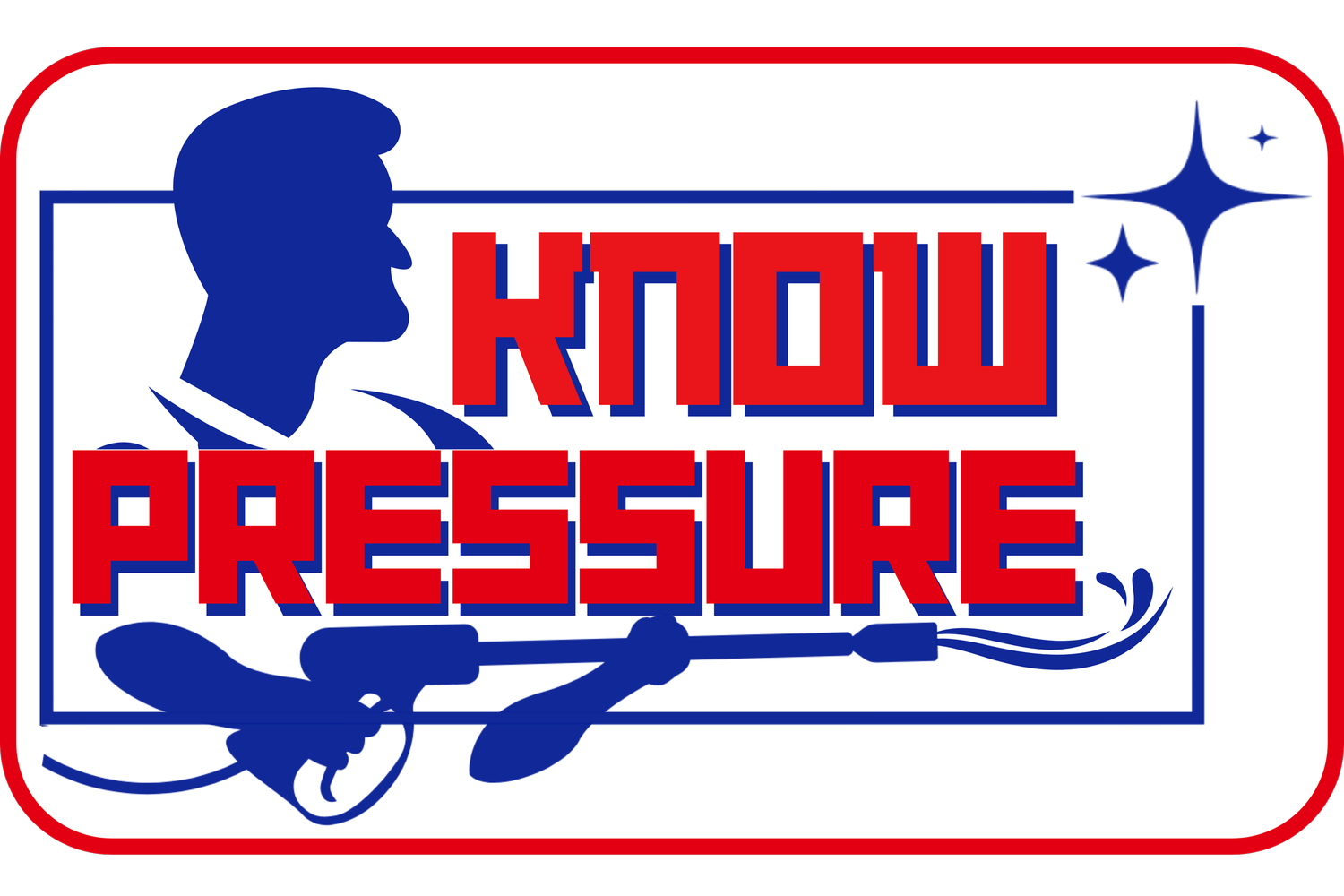Understanding House Oxidation: What Every Homeowner Should Know
As a homeowner, you've likely noticed that chalky, faded appearance that develops on your home's exterior surfaces over time. This common issue is called oxidation, and it's more than just a cosmetic concern—it's a sign that your home's protective barriers are breaking down.
What Is House Oxidation?
Oxidation occurs when exterior surfaces, particularly siding, are exposed to oxygen, moisture, and UV rays over extended periods. This chemical reaction causes the surface material to break down, creating that characteristic chalky residue and dull, faded appearance. While most commonly seen on aluminum and vinyl siding, oxidation can affect various exterior materials including painted surfaces, metal fixtures, and even some composite materials.
Signs Your Home Has Oxidation
Identifying oxidation early can save you from more extensive damage down the road. Here are the key warning signs:
Chalky residue that comes off when you touch the surface
Faded or dull coloring that makes your home look aged
Streaking or discoloration running down from gutters or trim
Rough texture where surfaces once felt smooth
Color variations across different sections of your home
Why Oxidation Happens
Several factors contribute to oxidation on your home's exterior:
UV Exposure: Constant sunlight breaks down protective coatings and surface materials Weather Elements: Rain, snow, and humidity accelerate the oxidation process Age: Older homes are more susceptible as protective barriers weaken over time Poor Maintenance: Lack of regular cleaning allows contaminants to build up and accelerate damage Environmental Factors: Pollution, salt air, and industrial emissions can speed up oxidation
The Impact on Your Home
Oxidation isn't just about appearance—it can lead to serious long-term problems:
Reduced curb appeal and property value
Compromised protection against weather elements
Increased maintenance costs if left untreated
Potential structural damage as protective barriers fail
Higher energy costs due to reduced insulation effectiveness
Professional Treatment Makes the Difference
While oxidation might seem like a simple cleaning job, effective treatment requires specialized knowledge and equipment. Professional pressure washing services use specific techniques and cleaning solutions designed to safely remove oxidation without damaging your home's surfaces.
The process typically involves:
Assessment of the oxidation level and surface type
Appropriate cleaning solutions tailored to your home's materials
Controlled pressure application to avoid surface damage
Proper technique to ensure complete oxidation removal
Protective measures for landscaping and surrounding areas
Prevention and Maintenance
Regular maintenance is key to preventing severe oxidation:
Annual professional cleaning to remove contaminants before they cause damage
Prompt attention to any signs of oxidation development
Proper drainage to minimize moisture exposure
Regular inspection of gutters and downspouts
Protective coatings applied as recommended by professionals
When to Call the Professionals
If you notice chalky residue, fading, or discoloration on your home's exterior, don't wait. Early intervention is always more cost-effective than dealing with advanced oxidation damage. Professional pressure washing services have the expertise, equipment, and cleaning solutions necessary to safely and effectively restore your home's appearance while protecting its long-term integrity.
Remember, your home is likely your largest investment—protecting it with proper maintenance and professional care ensures it continues to serve you well for years to come.
